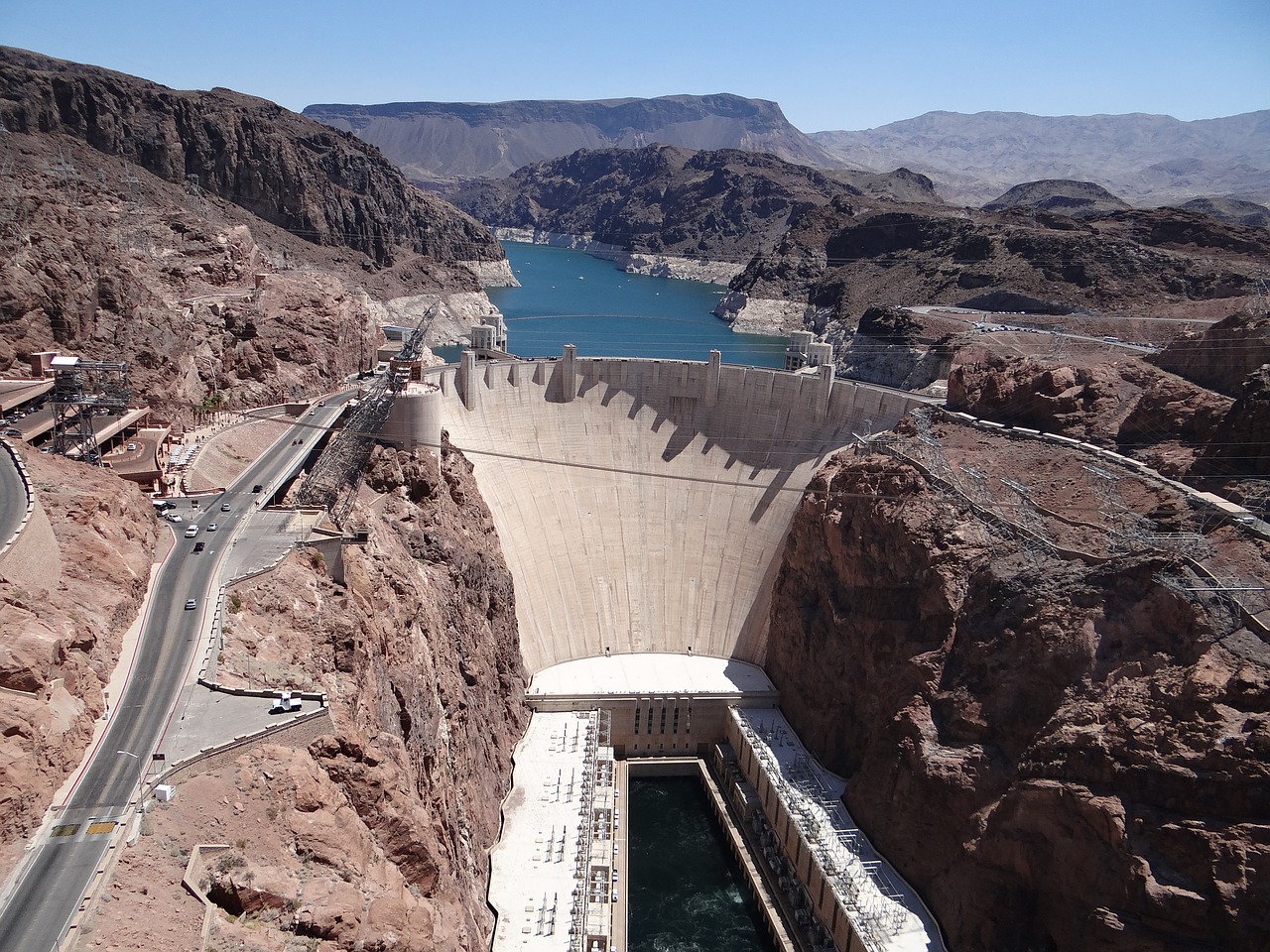As the concern for climate change grows, more and more manufacturers are looking to ‘greener’ production methods and material sourcing, and
concrete is no exception.
The Facts
It is estimated that the production of cement (a fundamental ingredient in concrete) could be responsible for
8% of global co2 production, making it a major contributor to climate change.
Concrete is also the second most consumed resource on the planet, falling only behind water as the first. While these figures may be surprising, it is not hard to see why concrete is such a heavily produced material. We are surrounded by concrete in our modern environment. Concrete is a highly durable and versatile material, and has allowed us to build up our towns and cities to be what they are today. We can also thank concrete for some of the world’s most amazing superstructures and impressive works of architecture. Structures such as the Hoover Dam, the Sydney Opera House and the Roman Pantheon are all created from concrete.



Cement and co2 – Understanding the Link
So, exactly how is cement accountable for 8% of global co2 production? Well, the answer is in the manufacturing process. Concrete is made up of 3 major components: cement, water and aggregates. Concrete’s key ingredient: cement, is in fact the major culprit when it comes to co2 production. To create cement, raw materials such as limestone and clay are heated in a rotating kiln. This operation results in the calcination of the raw materials and this calcination process is what causes the production of co2. Elements of the lime and clay are converted into co2 and calcium oxide gases and as a result, a new substance called clinker is formed. Clinker is a grey substance made up of small, marble sized balls. Once clinker is cooled, it is ground with lime and gypsum to create cement. In addition to the production of co2 from calcination, the process of firing the huge kilns also requires masses of energy, often relying on fossil fuels such as coal.
Carbon Neutral and Carbon Negative – What Does it All Mean?
Carbon neutral and carbon negative are terms we hear often, but what exactly do they mean? For something to be carbon neutral it must produce zero net carbon dioxide emissions. This can be achieved by using carbon removal processes to offset the amount of carbon produced or by producing no carbon at all. Carbon negative on the other hand goes one step further. To be carbon negative, not only must zero carbon be produced, but carbon dioxide must also be removed from the atmosphere resulting in a negative carbon footprint.

Looking Ahead to Greener Solutions
Both carbon neutral and carbon negative practices are vital for climate change, but can we rely on these practices to produce the high quality results we are used to?
This company in India believes it is possible. The Dalmia Cement company is aiming for total carbon neutrality by 2040 and has already managed to reduce carbon emissions drastically - 40% below the global average to be exact. Company CEO Mahendra Singhi explains that the first step in reducing cement c02 levels, is to look to renewable fuel as a means of heating the kilns. The company has started to use bamboo in place of coal and other fossil fuels. Bamboo is a highly renewable source, much of which grows on wasteland in India. The company have also reduced the need for limestone, looking to alternative materials such as waste material from power stations.
As for carbon negative concrete, it is certainly possible.
This article on greenbiz.com explains that, concrete actually continues to absorb co2 after construction. Not only that, but with the help of carbon capture systems, constructing concrete buildings could actually be helpful in the fight against climate change. Using limestone alternatives such as magnesium silicates to create
magnesia based cements is also a possibility, however there are concerns here as to their cost-effectiveness and durability, amongst others.
Final Word
With companies like the Dalmia Cement Company paving the way towards a carbon neutral future, it’s clear to see progress is being made within the concrete and cement industry. As research into more feasible, sustainable solutions continues, we hope to see these practices become commonplace across concrete companies worldwide, resulting in global change.



